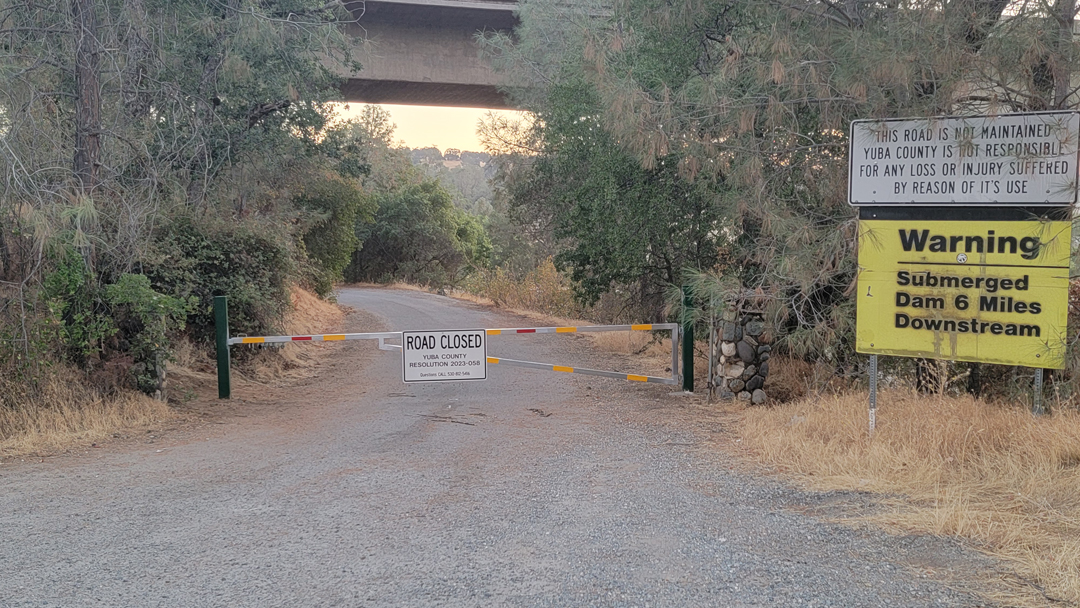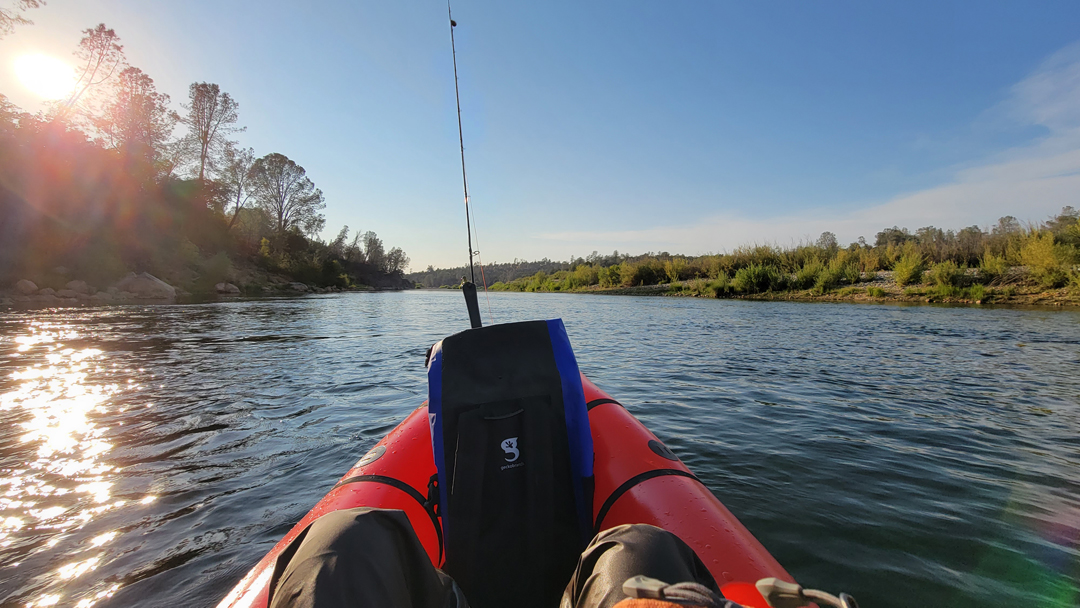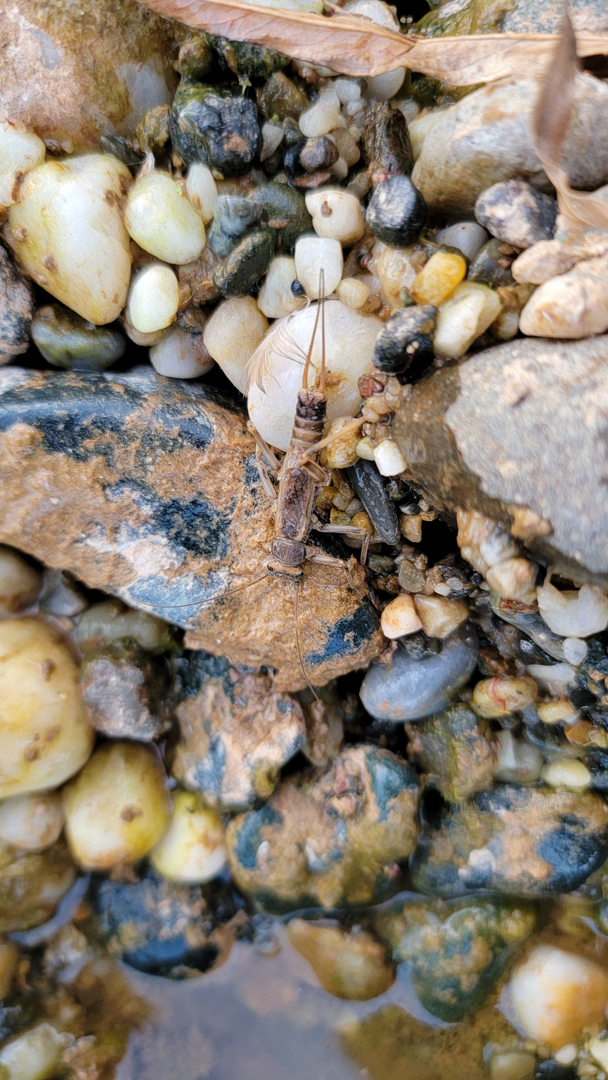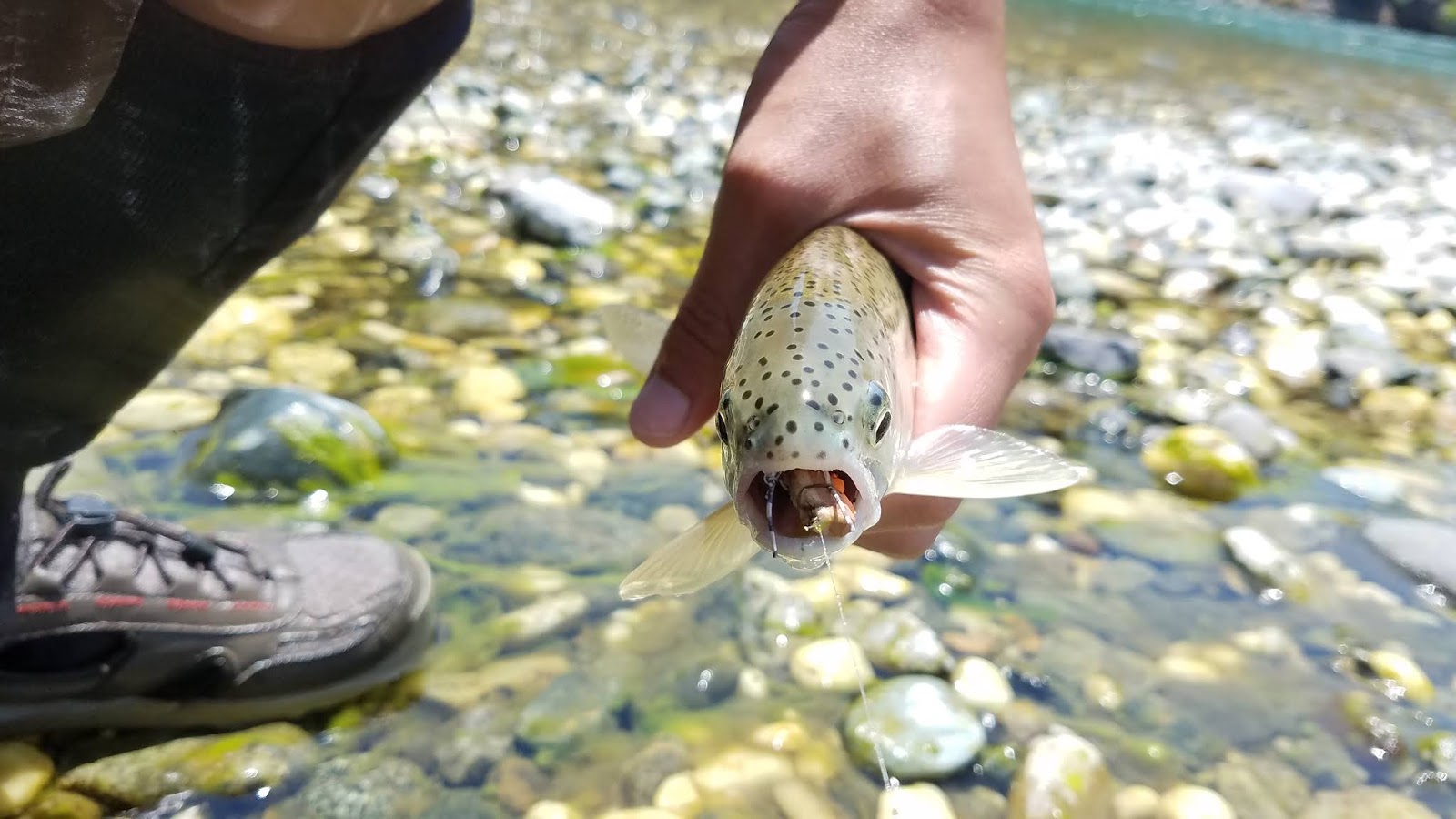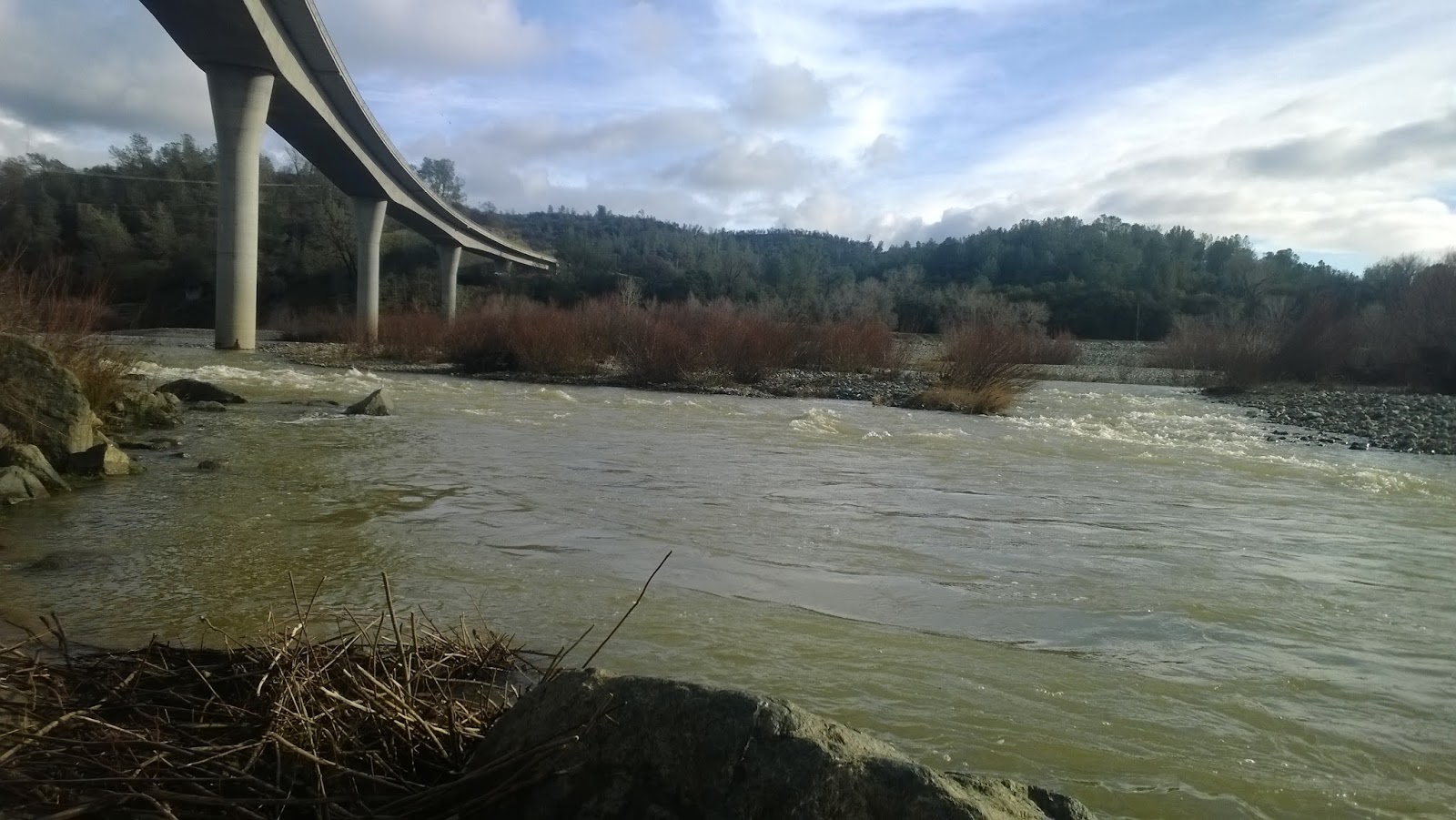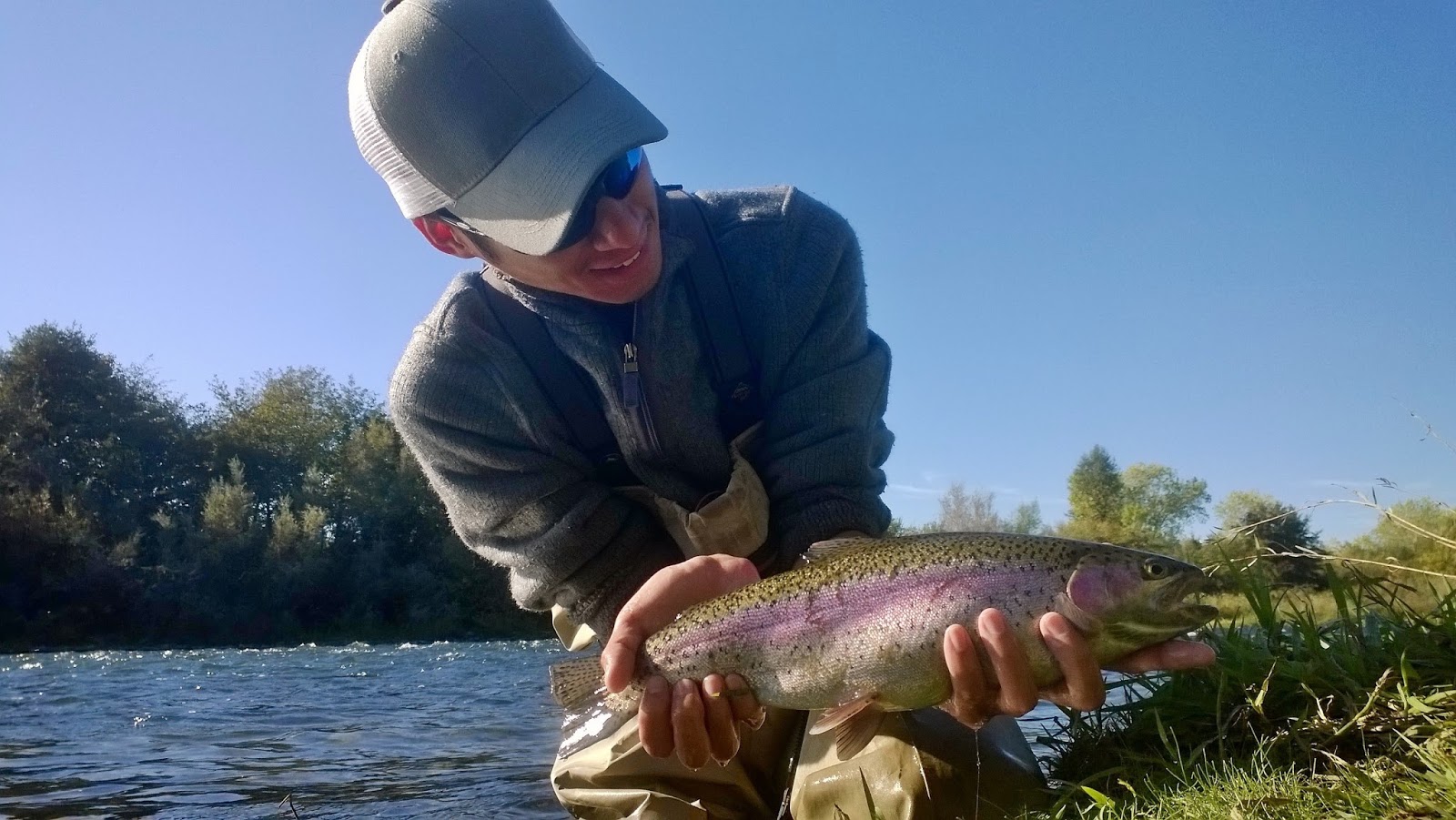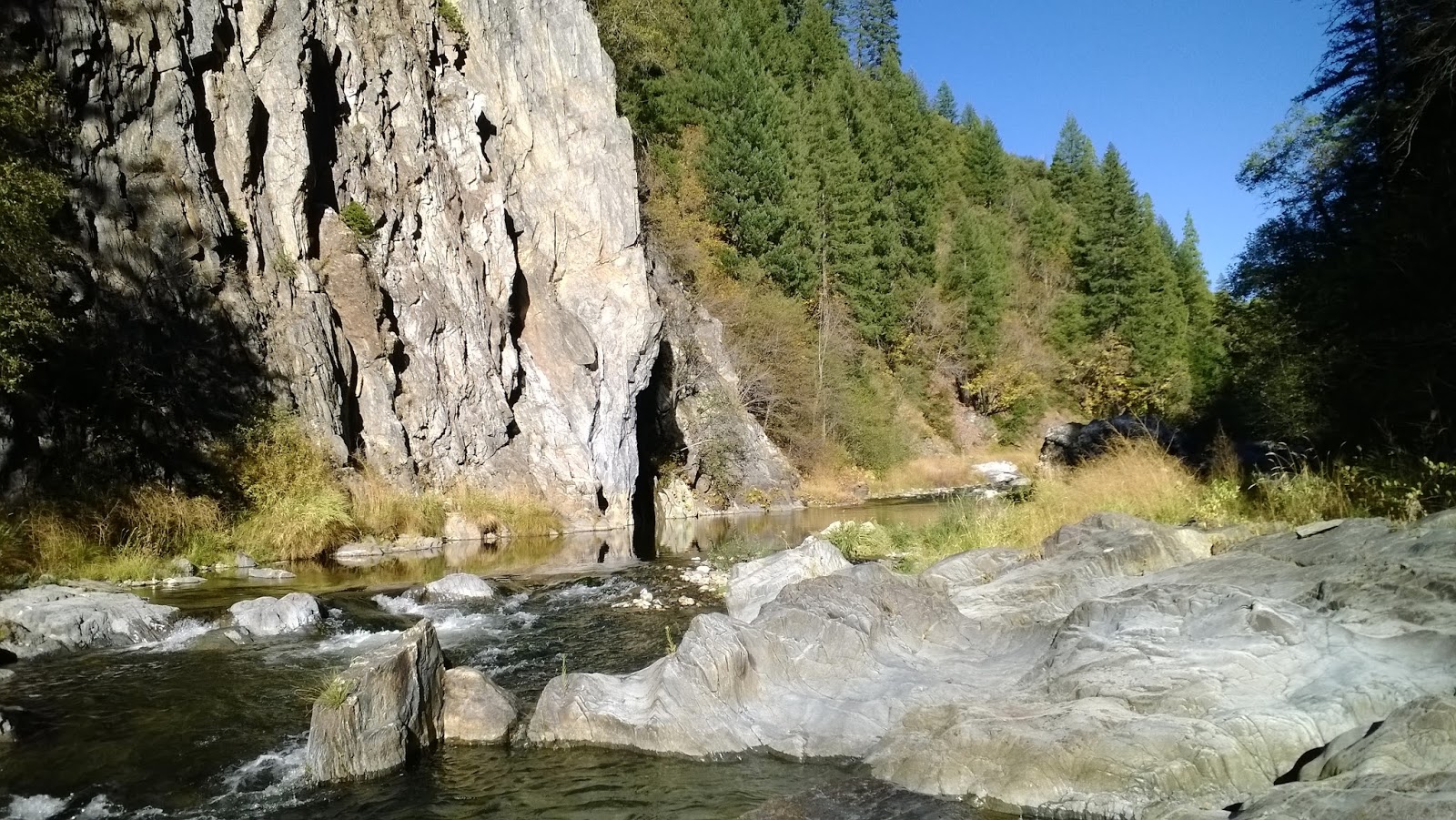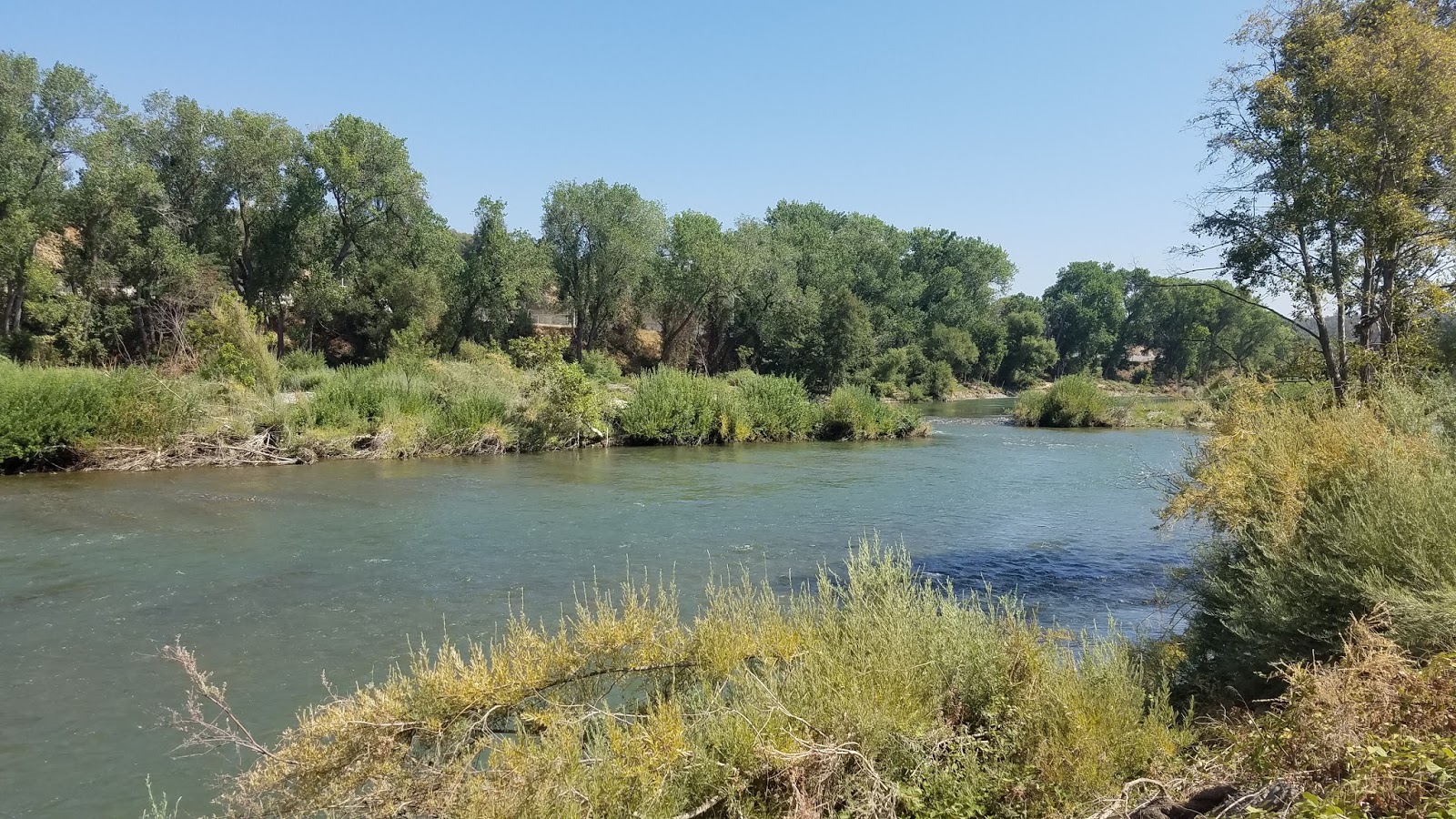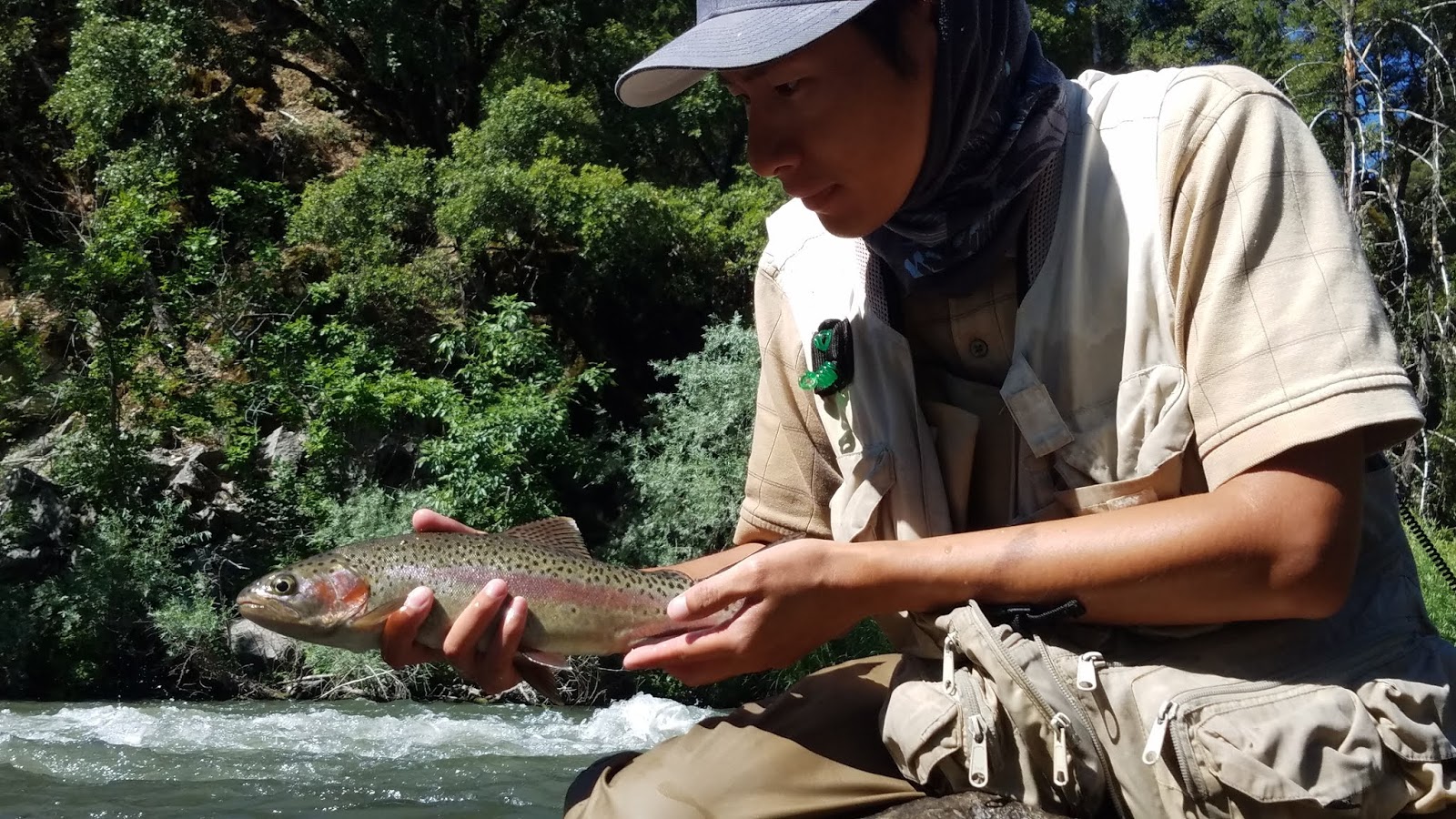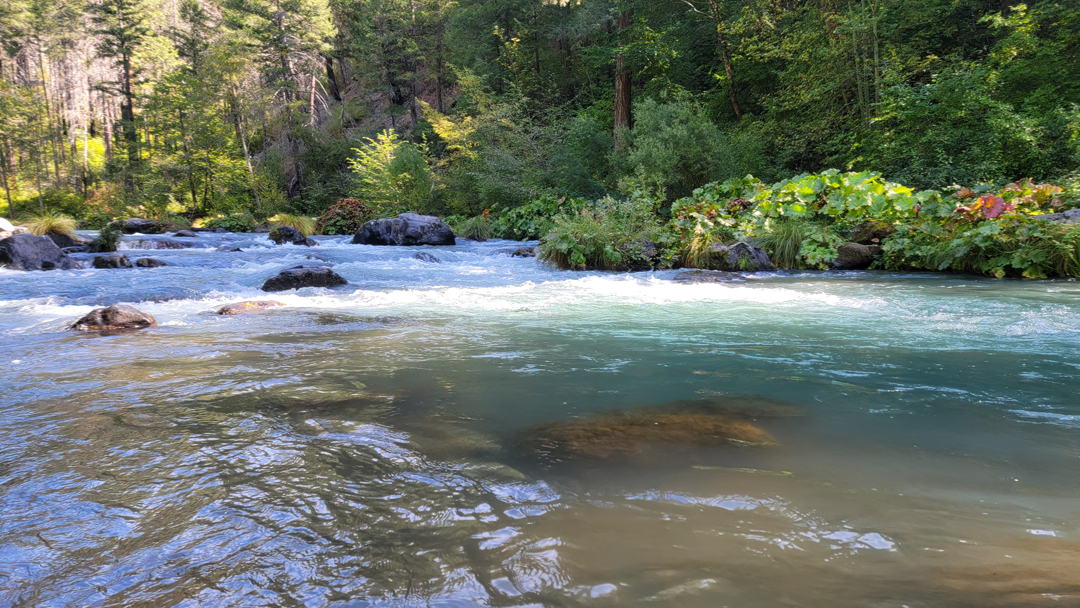
The McCloud River is perhaps the most famous fly fishing river in California. The McCloud is renown for being one of the most magnificent streams in the state as well as being home to the world famous McCloud River strain of rainbow trout. The McCloud’s rainbow trout have been stocked all over the world such as Jurassic Lake and New Zealand where they have been known to grow into monster sizes. I’ve spent several years exploring and fishing many of California’s best fly fishing streams and the McCloud has always been towards the end of my list of places to check out. The Lower McCloud is notoriously known to be difficult to access due to very rough road conditions in addition to being quite literally in the middle of nowhere. After previous plans fell through I decided to finally make my attempt to traverse through the road from hell to fish the most holiest of rivers.
My original plan for my annual fall trip was to bikecamp and fish Kirman Lake. I had been keeping an eye on the weather hoping that it would hold but a few days before my trip there was a forecast of a 20 degree drop within two days and a day later there was a winter weather advisory for the area. I had yet to field test my new sleeping bag, a Nemo Disco 15, and I didn’t want to try in below freezing temperatures. Instead I started looking up north for better weather and settled for the McCloud.
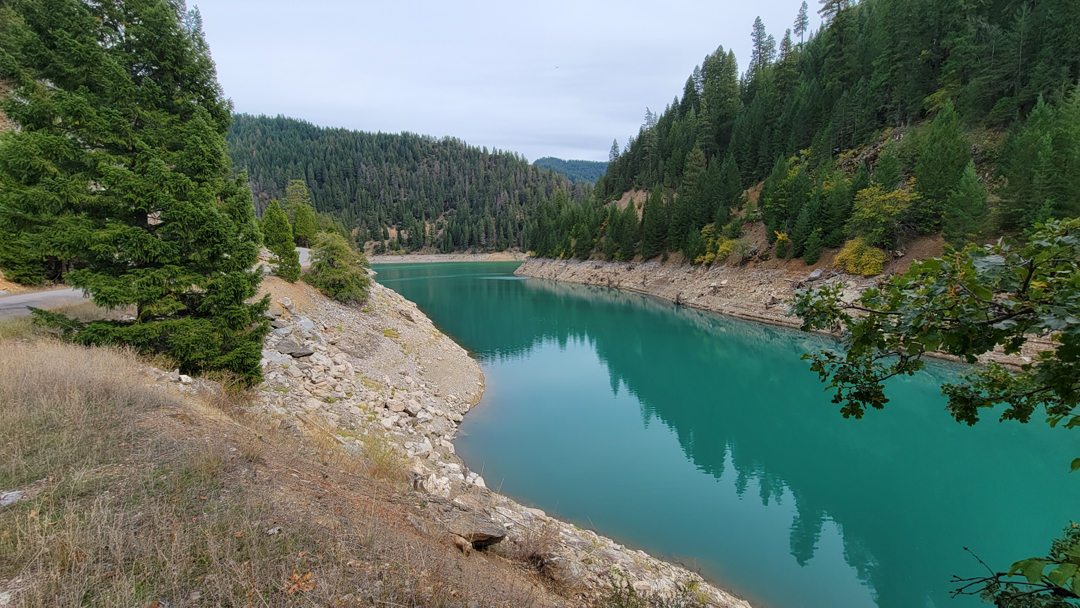
Last year around this time of year the McCloud experienced higher than normal temperatures which led to a glacial melt creating turbid conditions. This year appears to be the opposite with cooler temperatures coming earlier however there was a period in early September where the river blew out for a few weeks. There is a gauge on the Lower McCloud that measures turbidity that can be a helpful tool in determining on whether or not it would be a good place to make a trip to. I’ve read that anything within 1-3 is normal and anything between 5-10 can appear as dirty. There was a cold front that passed through before my trip but thankfully it didn’t raise the turbidity too much. On the day I left I was looking at 2-3 in turbidity and felt confident that this would be a good trip.
On the way to Ah-Di-Na I stopped by The Fly Shop in Redding to grab some flies and gather some intel. The fishing report was good and I was happy to hear that I would be in for a good time. The dirt road to Ah-Di-Na at the turn off from McCloud is about four miles. The road for the first mile and a half was in fairly good condition and I was hoping that it would stay the same the rest of the way however once I hit the last three miles I had found what the USFS considered “very rough” road conditions. The very rough road conditions were sections of the road where the road turned into rocks. Some of the rocks looked jagged so I took it slow in these sections. I didn’t bottom out but I held my breath hoping that I wouldn’t hit anything sharp. I also found out that road to the McCloud River Preserve from Ah-Di-Na doesn’t get any better. The road to the McCloud River is definitely top contender for being one of the worst roads I’ve ever driven on. I believe the road requires a mini-SUV at minimum. Trucks and full-size SUVs I wouldn’t worry at all about getting down there. It’s a rough road for sure but it’s not too bad. Take it slow, pay attention, keep calm, and you’ll most likely be fine.
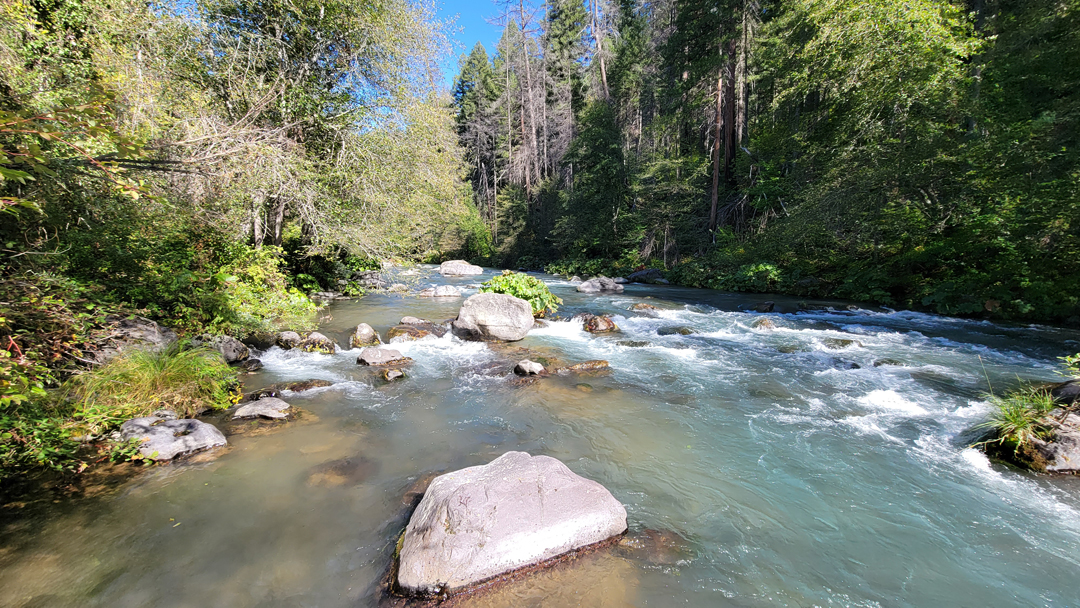
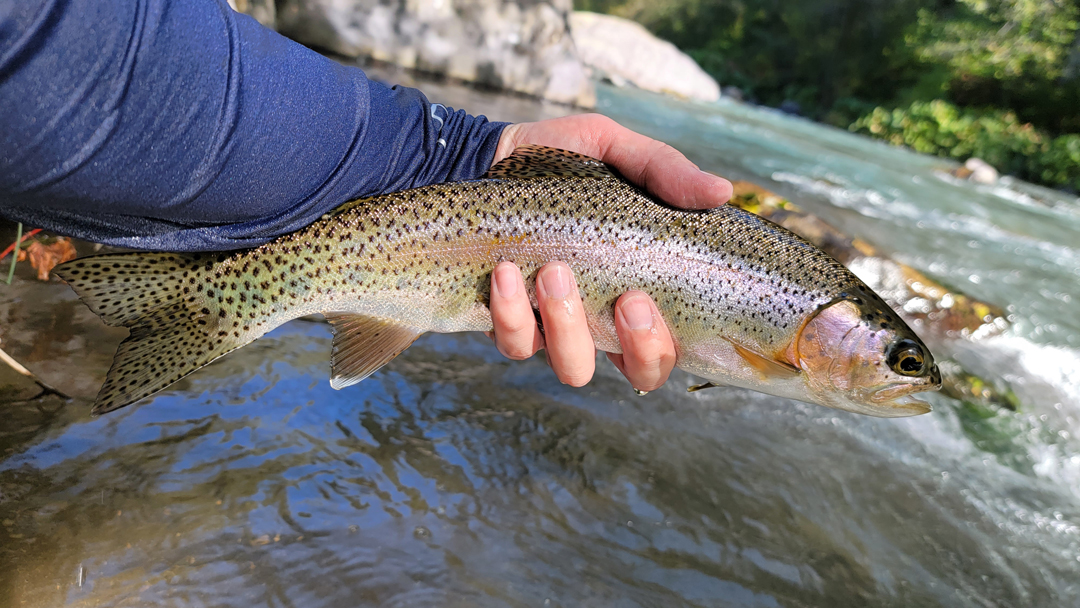
I made camp at Ah-Di-Na and started exploring after setting up camp. I fished upstream from the campground and finally set foot in what many would consider the most beautiful trout stream in California. The water was a beautiful chalky blue and bank was a mix of various riparian plants in fall colors of yellows, browns, and greens. The umbrella plants that were all over the river stood out the most as the huge leaves grew up and into the river. The McCloud River is truly a beautiful one-of-a-kind river. The only con that I found about the river was that the wading was a bit challenging due to deep holes and algae covered snot rocks. If I had known this I would have brought my wading staff. My feet and legs got banged up pretty bad and I slipped a couple of times trying to feel my way through the water. It was zero fun trying to get around out there.
The McCloud River is suppose to be a technical fishery where presentation is critical to your success. I found the river fairly easy to fish however it did seem like 90% of the fish were in 10% of the water. The fish were taking a variety of flies but I did my best with a rubberleg stone and a small BWO type nymph on a dropper. The fish were holding in very key parts of the river. On this trip the fish were in deeper runs behind boulders and in the pools above tailouts. A lot of good fishy water didn’t hold any fish for some reason which was sort of disappointing. Most fish were in the 12″ range with a few in the 16-18″ range.
My original plan was to hike upstream to Ash Camp via the PCT and fish along the way however as I made my way upstream to the bend of Ah-Di-Na I saw how steep the river became and opted out on that plan. Instead the following morning I would wake up early and fish the McCloud River Preserve.
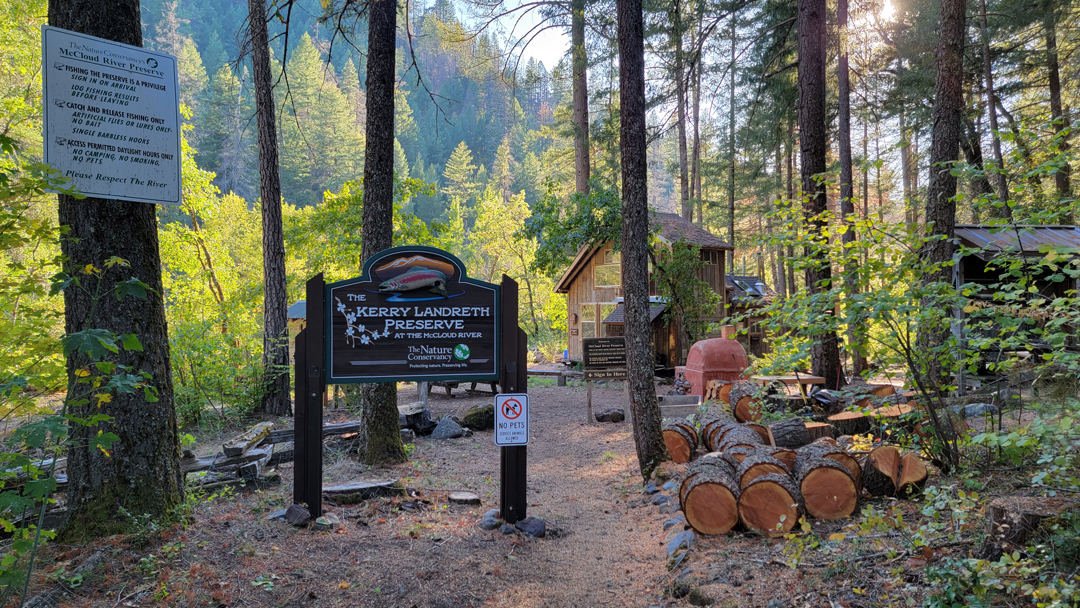
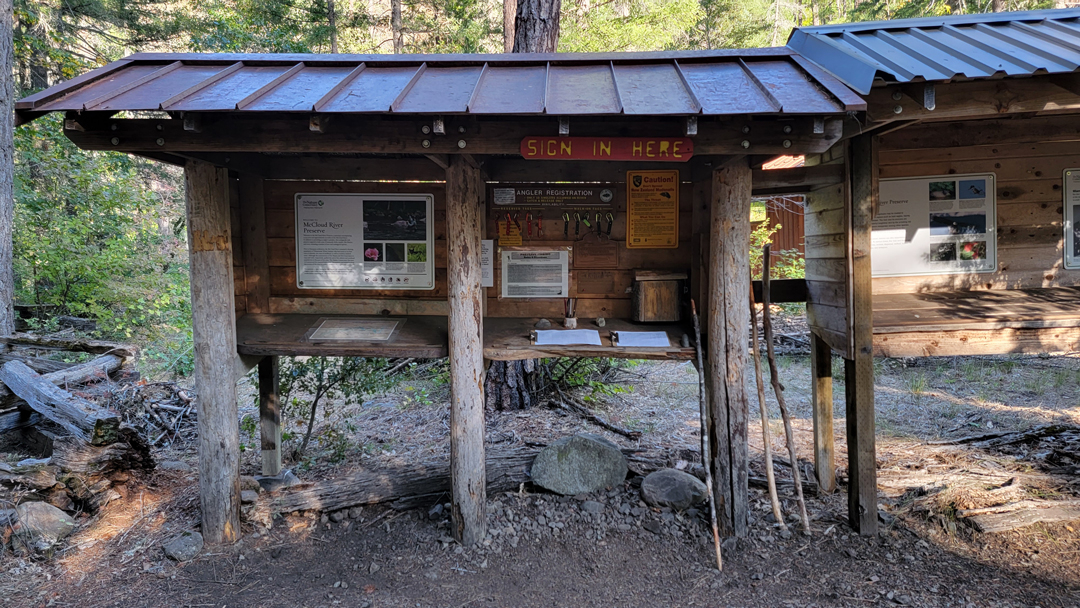
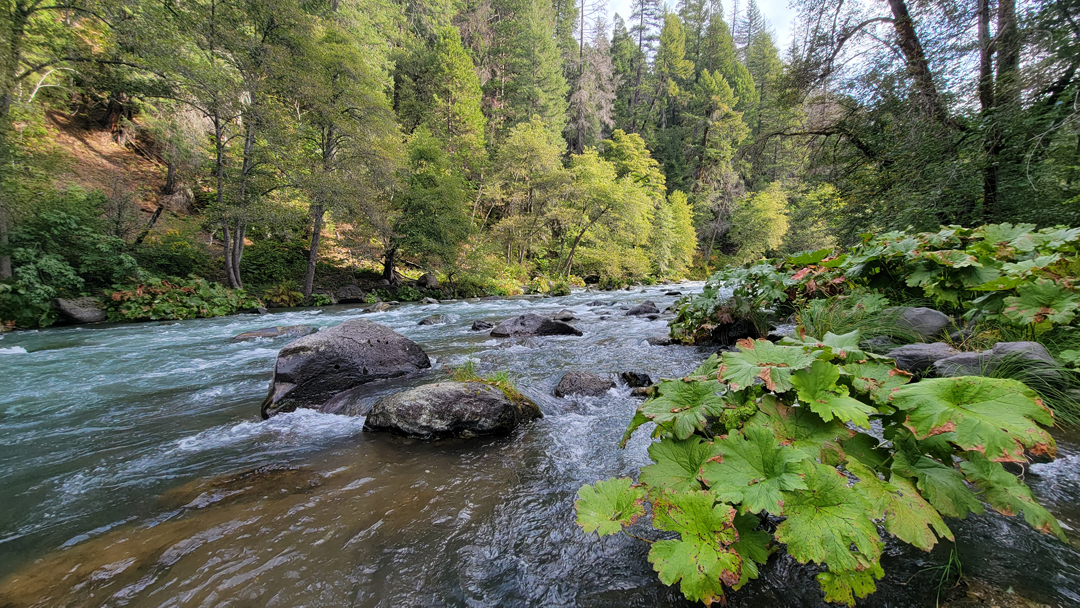
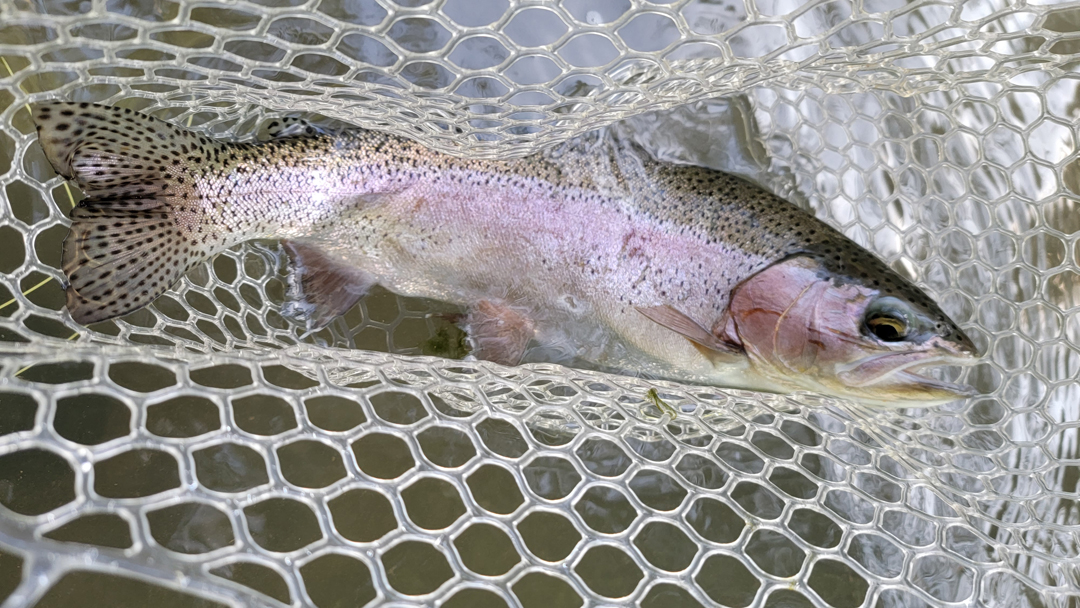
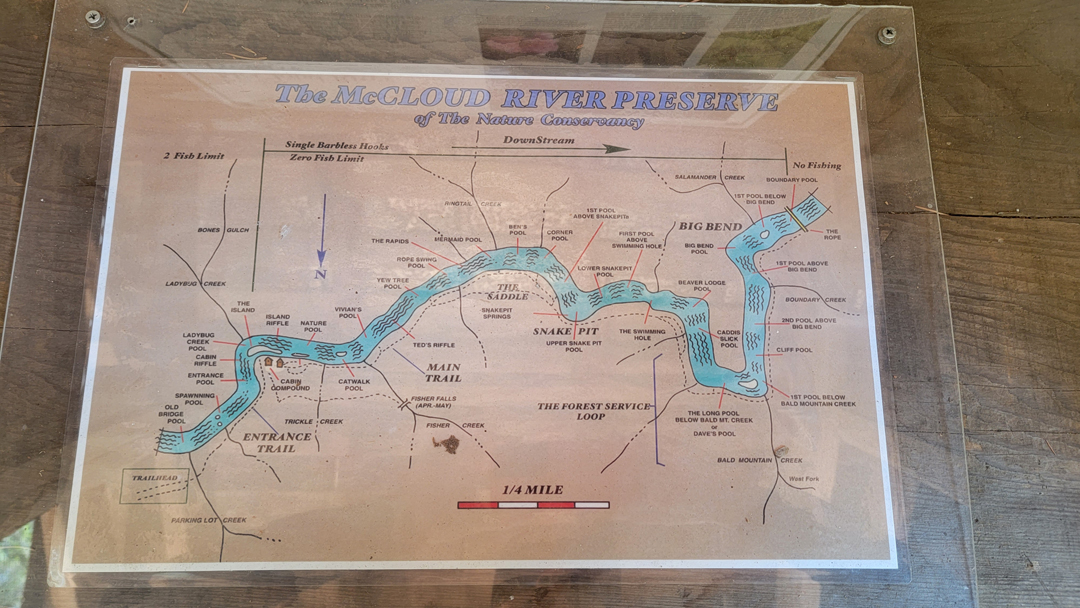
After a decent nights sleep I made my way to the McCloud River Preserve at around 7:30am and was the first tag of the day. The McCloud River Preserve has ten total tags: five tags that are designated as first-come first-serve and five tags that are reserved which then become first-come first-serve after 10am. There is a log-in sheet near the entrance where you can sign in and grab your tag. Once signed in with tag in hand you are then free to explore the preserve until dark. I found the Ah-Di-Na section of the river to be a bit gradient which made the fishing a bit tough since the fish weren’t holding in the pools. The McCloud River Preserve and the area just before it was a bit more flat which helped create longer pools where, in theory, fish should be. My experience in the McCloud River Preserve was similar to the Ah-Di-Na section. 90% of the fish were stacked in similar water making the fishing a bit boring once you knew what to look for. A lot of beautiful fishy water had to be overlooked because the fish just weren’t there.

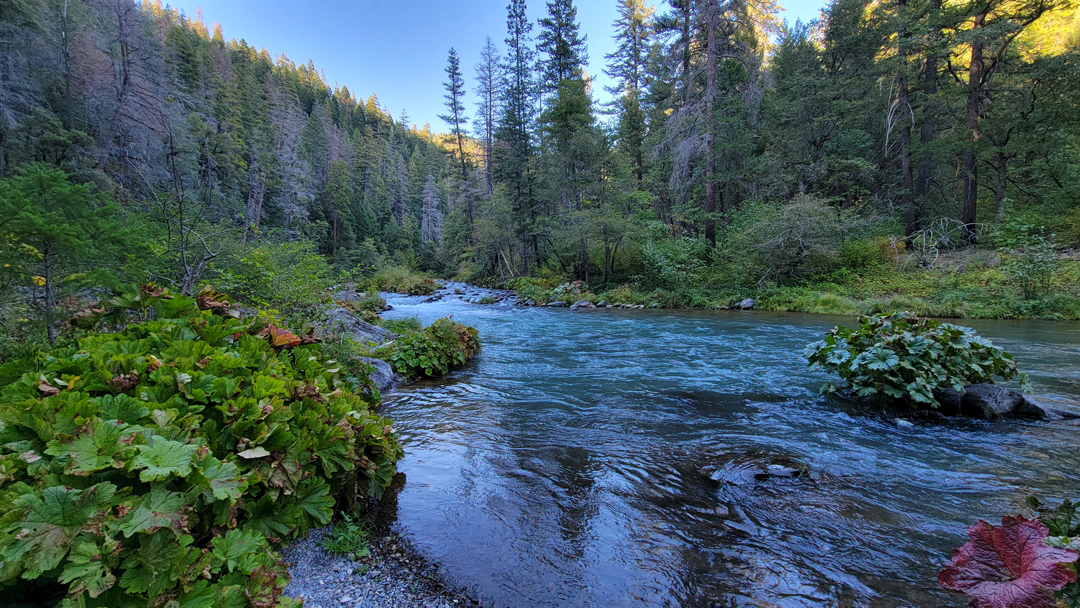
A disappointing fact about the McCloud River that I learned was that although it is heavily advertised throughout the internet as a big brown trout river in reality brown trout only make up 4% of the species caught. The guides that fish the river regularly probably know the holes where these fish hold but most angler will probably never hook a brown trout on the Lower McCloud.
I fished the McCloud River Preserve for about 7 hours and made it about 2/3rds of the way in before calling it a day. I had planned on staying another night but there was nothing on the McCloud to keep me from leaving. Once you’ve seen a section of the river you’ve kind of seen it all. I packed out in the afternoon and had my heart set on Hat Creek for a possible evening hatch.
The road out of Ah-Di-Na is worse getting out than it is in. It took about 45 – 50mins to scramble out of the canyon back onto the turn off. I’ve never been so happy to see a paved road in my life. I probably wore out a few hundred miles on my new tires getting in and out of the McCloud. My overall thoughts on the McCloud River is that it’s somewhat overrated. The water and surrounding area is better looking in pictures than in person, the wading is a pain, and the fishing is average. It’s definitely a river that everyone should experience at least once however other than that I can name a handful of places around that area that offers easier access and better fishing.


I got to Hat Creek about an hour before sunset and hoped that the overcast that had been looming above would trigger a good hatch all the way up to the evening. It turns out I didn’t get lucky this time and around and only caught a weak and sporadic hatch of PMDs. I set out to Carbon Flat were I proudly rose up a few small trout and swung up what felt like a monster fish that I quickly lost on a caddis emerger. I debated on staying another night but was ultimately fished out and called it a trip.
